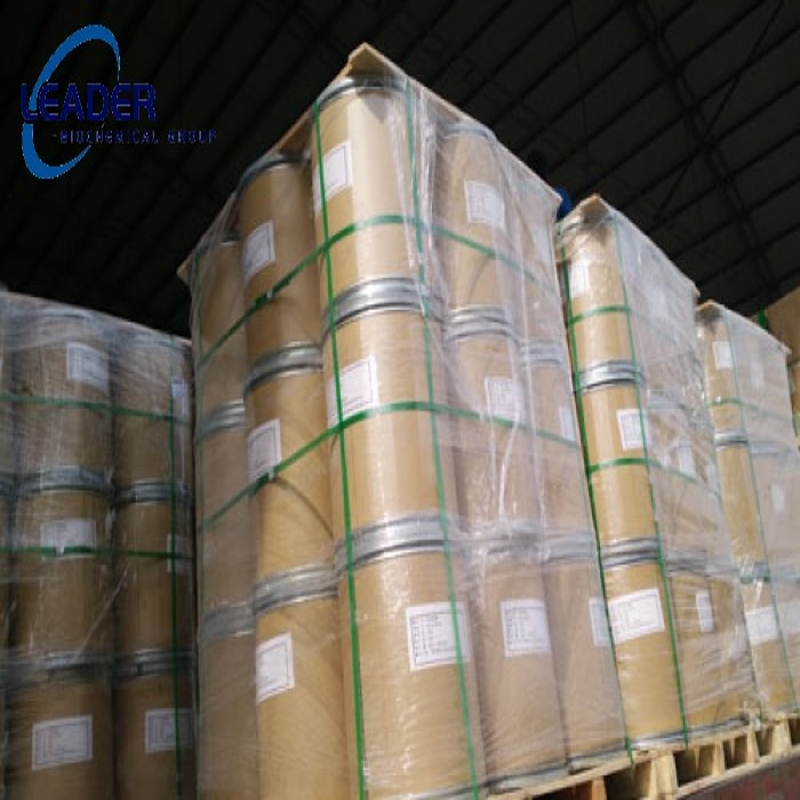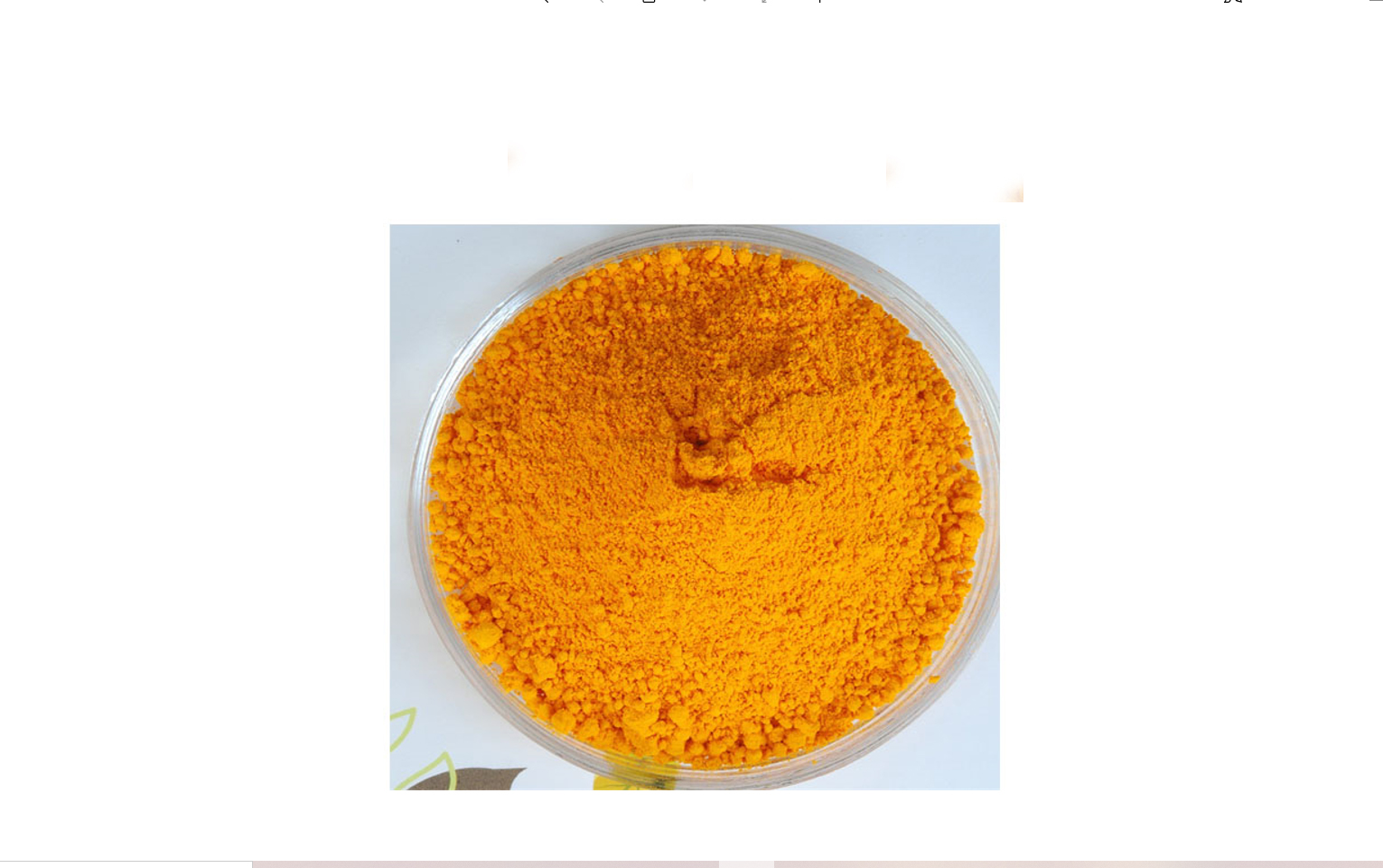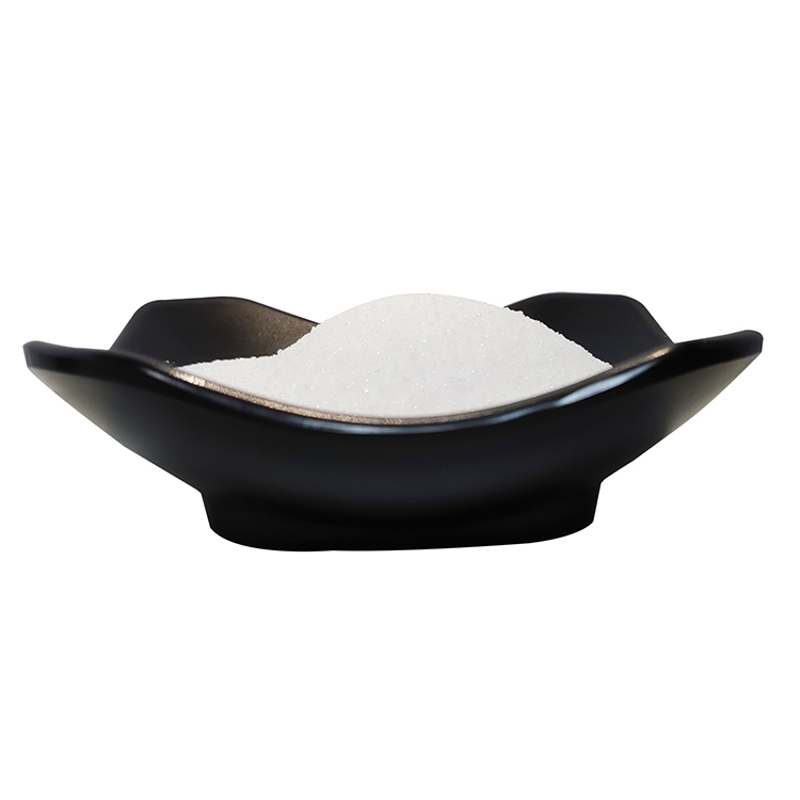-
Categories
-
Pharmaceutical Intermediates
-
Active Pharmaceutical Ingredients
-
Food Additives
- Industrial Coatings
- Agrochemicals
- Dyes and Pigments
- Surfactant
- Flavors and Fragrances
- Chemical Reagents
- Catalyst and Auxiliary
- Natural Products
- Inorganic Chemistry
-
Organic Chemistry
-
Biochemical Engineering
- Analytical Chemistry
-
Cosmetic Ingredient
- Water Treatment Chemical
-
Pharmaceutical Intermediates
Promotion
ECHEMI Mall
Wholesale
Weekly Price
Exhibition
News
-
Trade Service
Nanotechnology has revolutionized food technology, changing food production, manufacturing and processing to make our food safer and healthier
.
Phytosanitary products, processing aids, food additives and surfaces that come into contact with stored food can all transfer nanoparticles
that may be consumed by humans.
In a review published today in the journal Frontiers in Allergies, Mohammad Issa of Université Paris-Saclay and his colleagues point out that such significant changes in food production could have unforeseen health consequences
.
The evidence presented by the team suggests that nanoparticles not only cross the placenta to reach the developing fetus, but also put them at greater risk of
potentially life-threatening food allergies.
"Due to the immunotoxic and biocidal properties of nanoparticles, exposure may disrupt the beneficial exchange of host-gut flora and may interfere with the intestinal barrier and the development
of the gut-associated immune system in fetuses and newborns," said Karine Adell-Patient, Ph.
D.
, corresponding author of the study.
"This may be related to the prevalence of immune-related diseases in children, such as food allergies – a major public health problem
.
"
The number of allergies is on the rise
Food allergies
occur when the immune system overreacts to proteins in food.
Children should usually develop oral tolerance so that their bodies don't see protein in their diet as a threat, but if their immune system or intestinal barrier is compromised, they may become sensitive and develop allergic reactions
instead.
Food allergies affect 2-5% of adults and 6-8% of children, and incidence has increased
dramatically in recent decades.
We know that environmental factors play an important role in the development of allergies, and the high prevalence in children suggests that early living environmental factors may be key
.
Eating habits and environment can affect the gut health of young children, while the lack of gut flora and high dietary protein can affect the development of
oral tolerance.
The nanoparticles continue to be delivered
To understand how nanoparticles disrupt this delicate balance, the team focused on three additives containing nanoparticles, which are often found
in food.
"These drugs can cross the placental barrier and then reach the developing fetus," Adel Pedel explained
.
"It is also recommended to excrete in milk to continue exposing the newborn to the air
.
"
While nanoparticles have crossed the placenta in rodents, there is also evidence that additives also cross the placenta in humans
.
Instead of being absorbed by the gut, the nanoparticles accumulate there and affect the bacteria in the gut microbiome by altering the types of bacteria
in the gut microbiome and their proportions.
Given the importance of the gut microbiota in developing a good immune system, this is worrying about the development of
allergies.
Nanoparticles also affect the intestinal epithelial barrier, another important component
of a healthy response to dietary proteins.
Evidence of immunotoxicity is difficult to gather, but the team notes that there is evidence that the body's gut-associated lymphoid tissue is also negatively
affected by these nanoparticles.
This suggests that the effect on the immune system is greater than currently known, which is consistent
with evidence from rodent studies.
However, this usually reflects a higher dose ratio than the human estimate of consumption
.
"To date, the effects of this exposure on the development of food allergies have not been assessed," Adel Pedel warned
.
"Our study highlights the urgent need for researchers to assess the risks associated with exposure to foodborne inorganic nanoparticles during the critical window of susceptibility and their impact
on children's health.
"







